Garmin Venu X1 hands-on — this smartwatch Is unlike any other Garmin
The Venu X1 is a bold new addition to Garmin's range
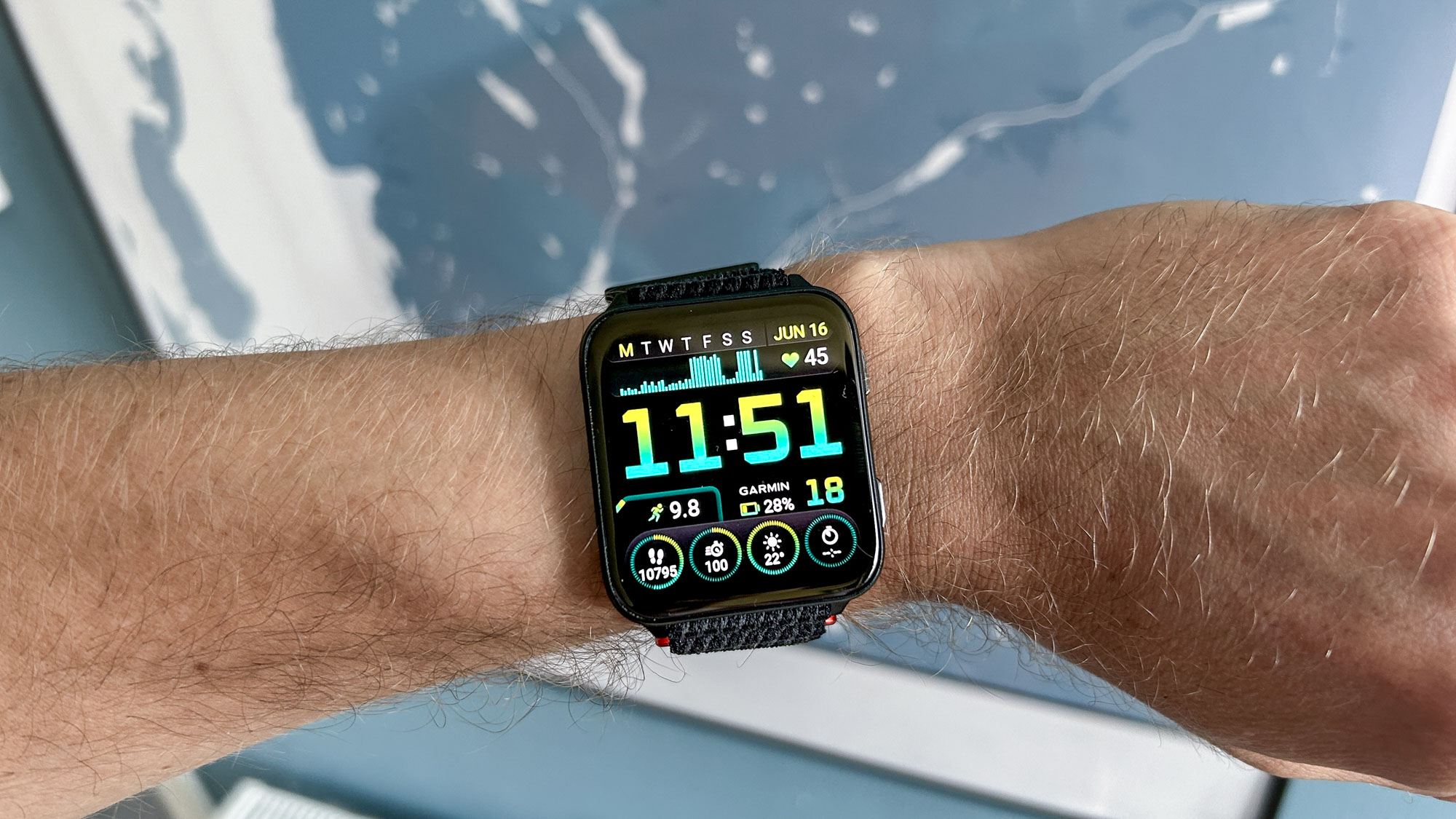
I’ve been testing and reviewing Garmin watches for almost a decade and usually have a pretty good idea of what’s coming up from the brand, just based on the rhythm and routine of previous launches.
However, when the Garmin Venu X1 came out it took me completely by surprise, both in terms of its design and where it sits within Garmin’s line-up, not to mention its $799.99 price.
I’ve just started testing out the watch and have done a few runs and other workouts with it — here’s why the Garmin Venu X1 is unlike any other Garmin I’ve tested to date.
The Garmin Venu X1 has a 2-inch 448 x 486 pixel AMOLED display, measures 41 x 46 x 7.9 mm, and weighs 34 grams. It has a sapphire crystal lens, titanium back, and is water resistant to 5 ATM. It includes a flashlight, offline maps, music, Garmin Pay, and has a speaker and microphone to make and receive calls. In smartwatch model, it should last up to 2 days on a charge with the always-on display.
The screen is something else
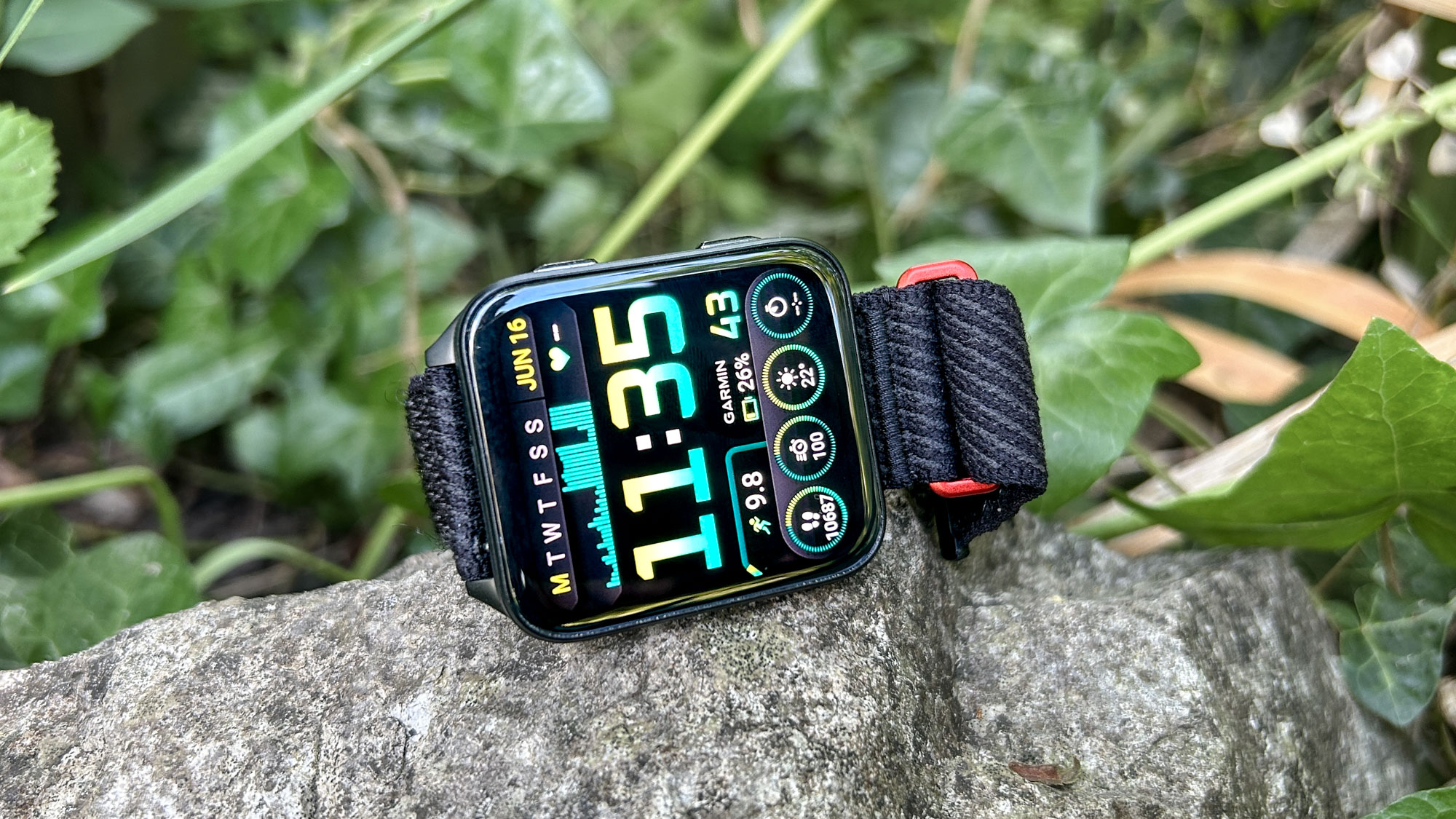
Garmin has other square watches in its range, and plenty of AMOLED options, but nothing that comes close to the monster display on the Venu X1.
The 2-inch 448 x 486 pixel screen is larger than that of the Apple Watch Ultra 2 and ferociously bright — I turned down the brightness both during and outside of workouts, something I’ve never done before with a Garmin.
There are only two buttons on the Venu X1 but even these feel borderline superfluous outside of workouts. You do all your navigating of the watch using the vast touchscreen, unlike most Garmins, where I still defer to using buttons naturally.
The design is extremely thin, but hardy
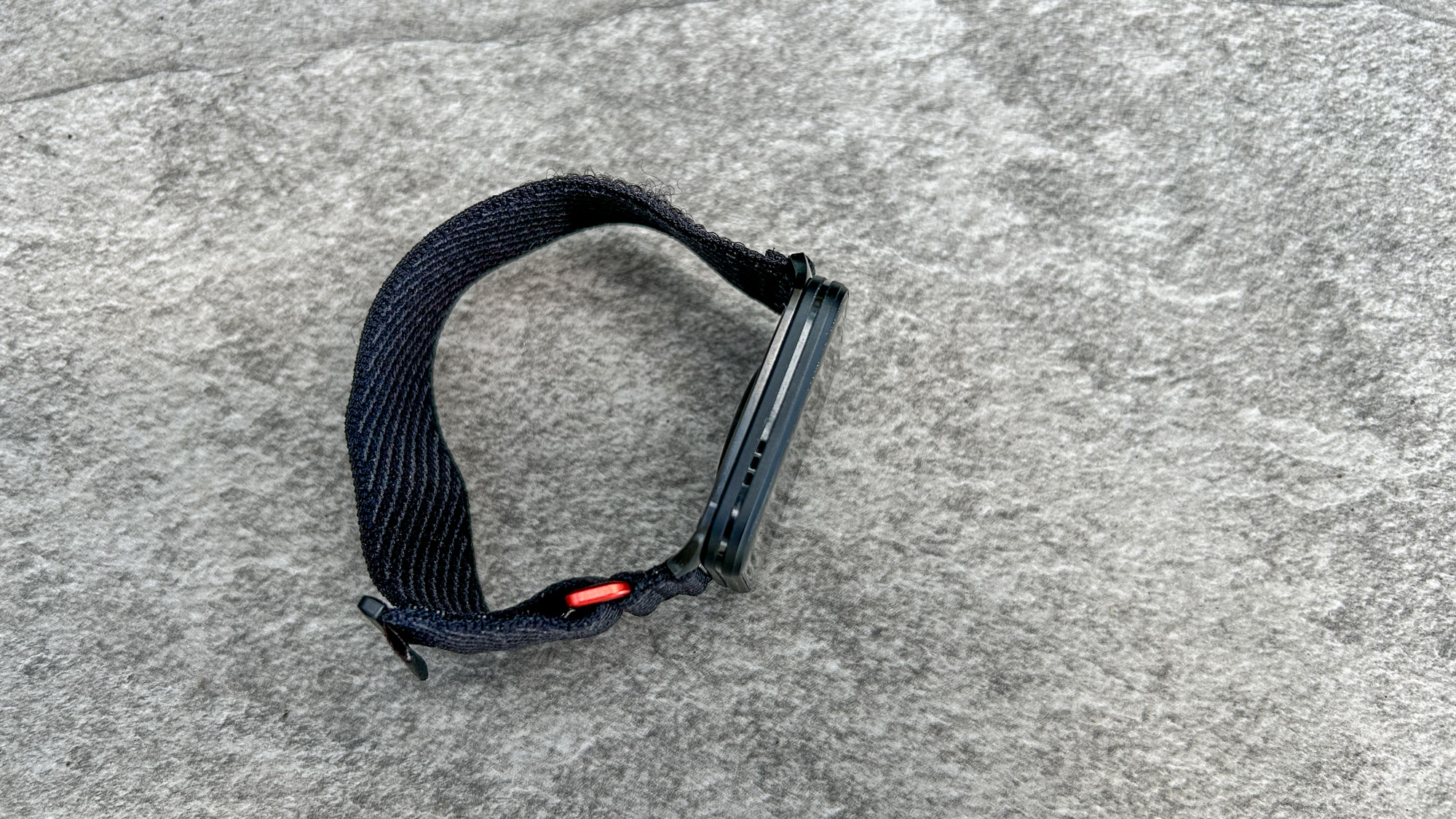
I knew the Garmin Venu X1 was thin from its spec sheet, but on-paper stats don’t do it justice. The 7.9mm thick case is much thinner than other watches, including the Garmin Forerunner 970 and Apple Watch Ultra 2, and means it sits comfortably on the wrist despite the big screen.
Get instant access to breaking news, the hottest reviews, great deals and helpful tips.
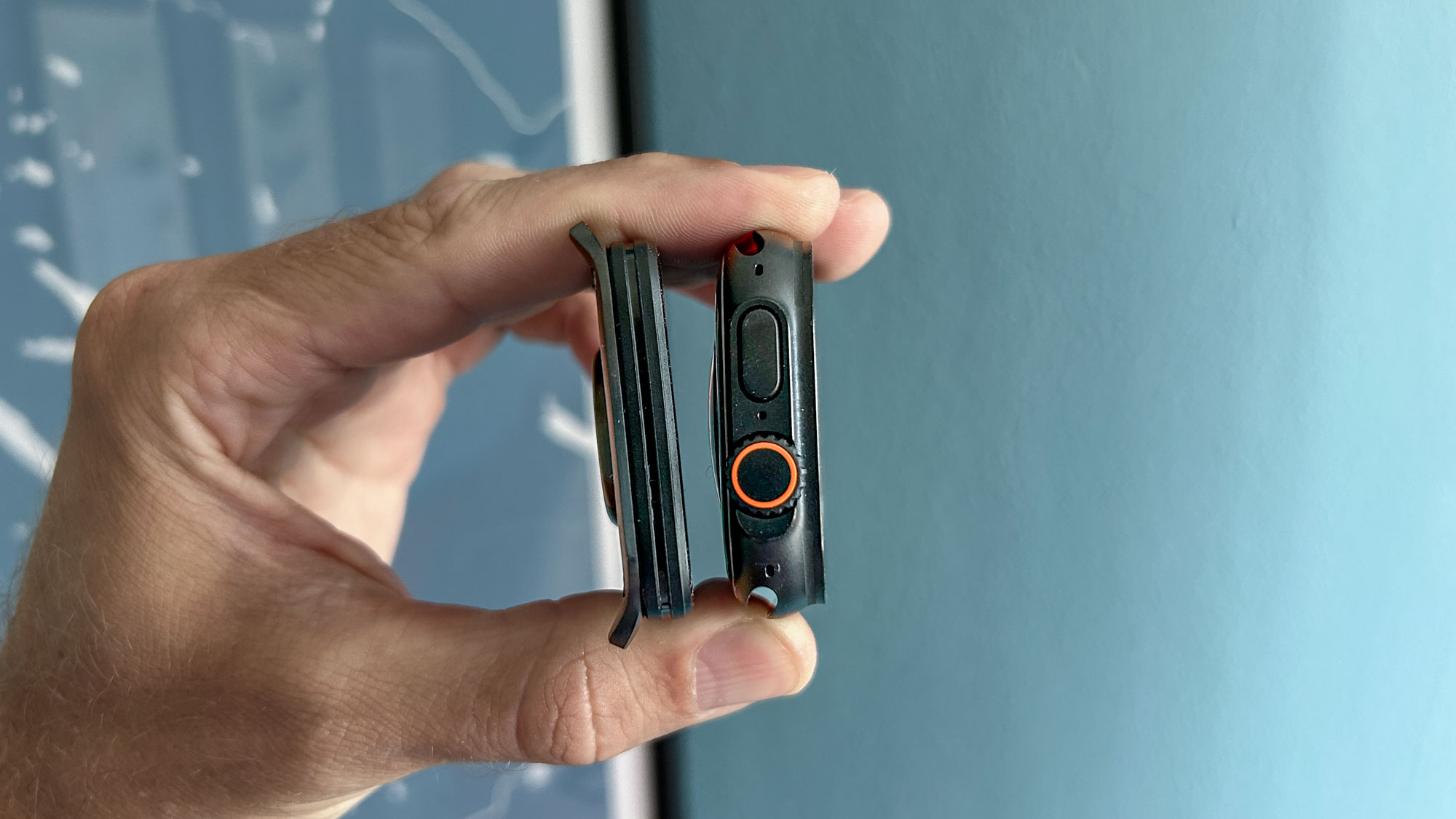
Despite the thinness of the Venu X1 it doesn’t feel as flimsy as I feared, mostly because of the titanium case back, and the sapphire crystal screen gives some peace of mind that you’re not going to scratch the large display every time you head outside.
The maps look fantastic on the square screen
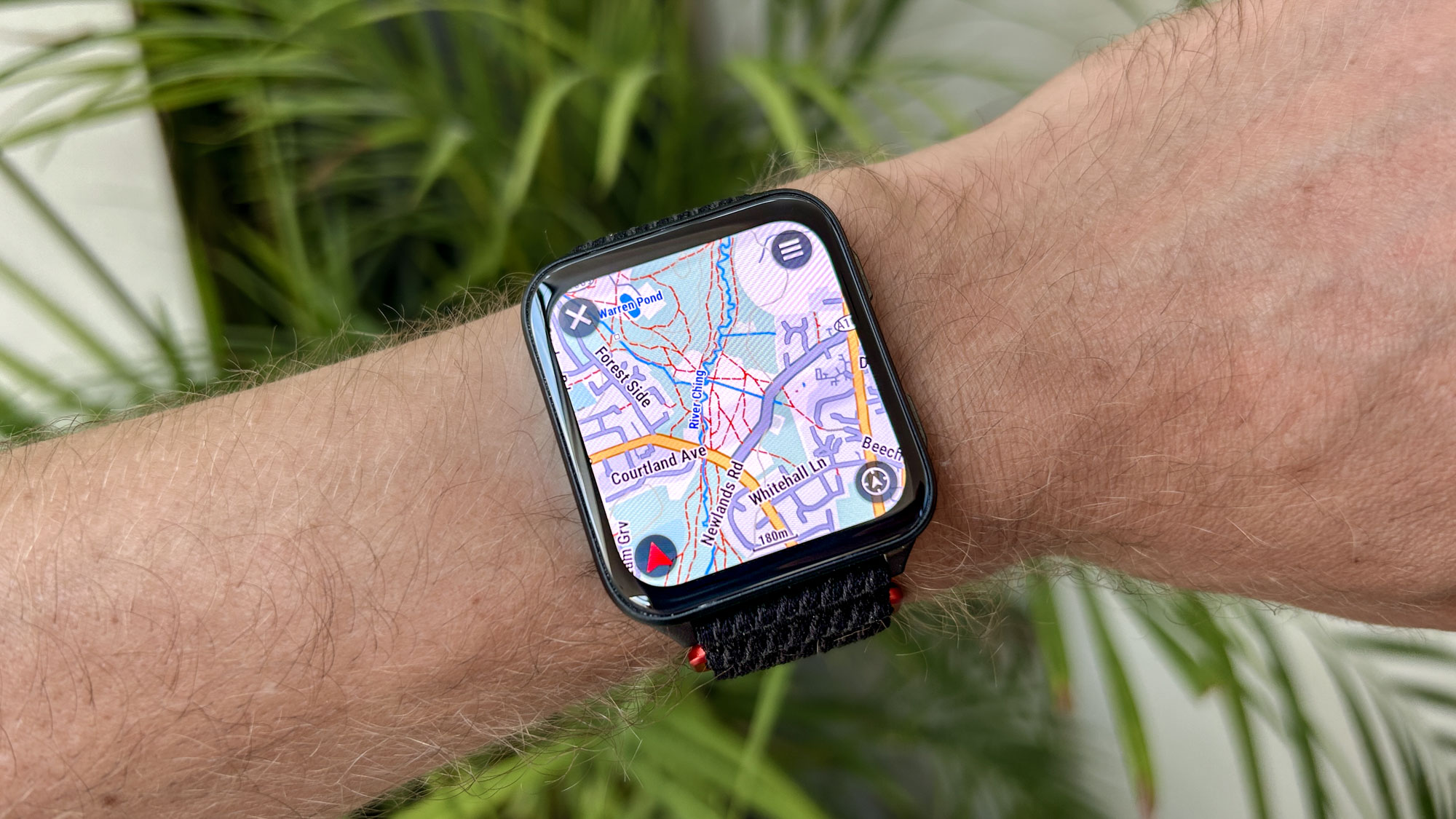
Unlike past Venu watches, the Venu X1 has offline maps on-board, a feature Garmin has previously reserved for its flagship sports watches like the Forerunner 970 and Fenix 8.
I used these maps on my first run with the watch, following a route around my local forest, and the big screen is fantastic for showing the detail on the maps along with other stats mid-run.
I’ve used maps on all kinds of different Garmins throughout the years, but on the large square screen the experience of the Venu X1 was much more like when using the app WorkOutDoors on the Apple Watch.
It has some top sports features, but not others
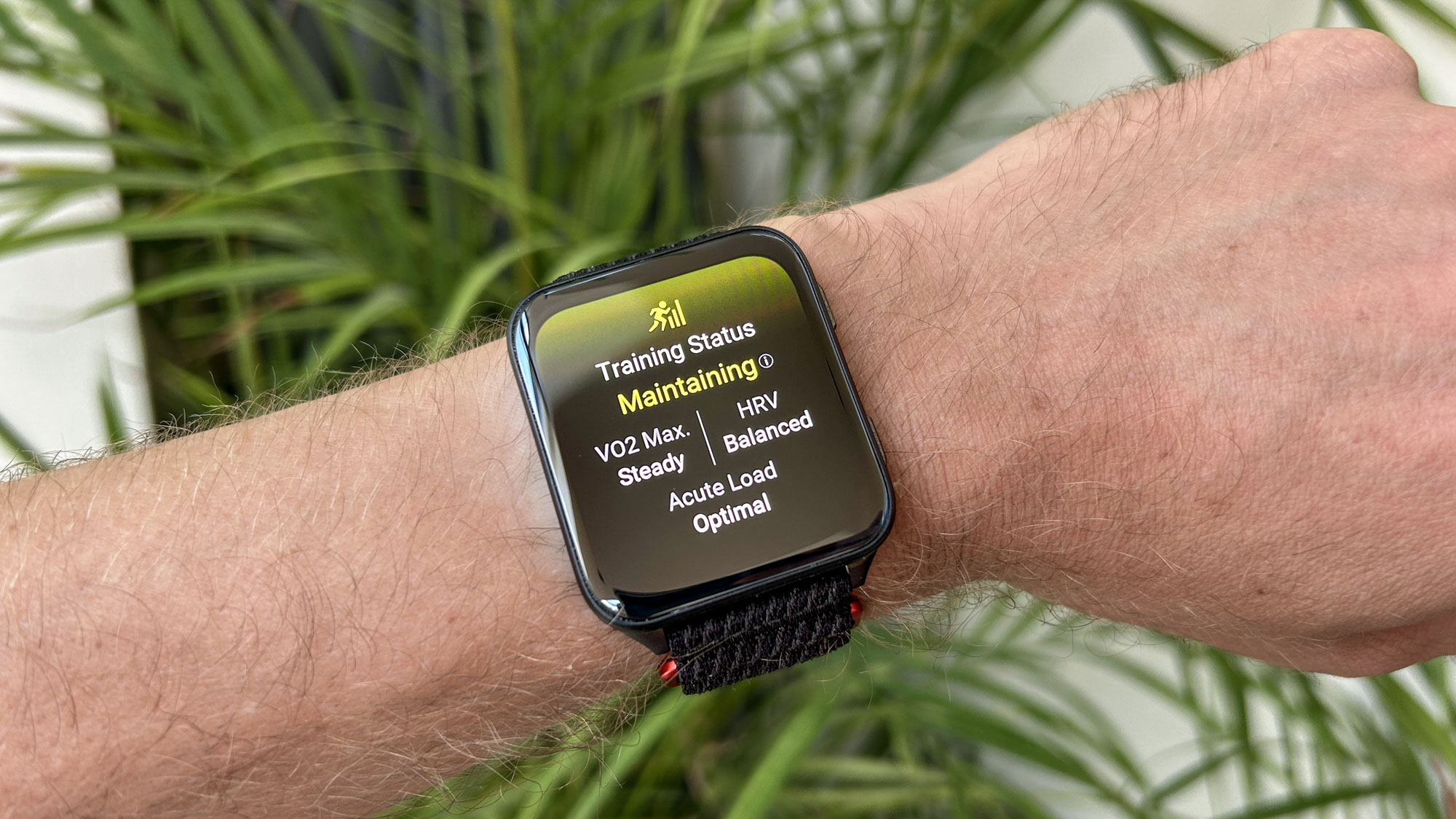
One reason I’ve never been a big user of Garmin’s Venu and Vivoactive watches is that they tend to be less sports-focused than the Forerunner and Fenix line-ups.
That’s not the case with the Venu X1, which has a lot more training analysis than past Venu watches, including Garmin’s training readiness stat, training status, plus hill score and endurance score.
However, it doesn’t have some of the new running features from the Forerunner 970, including running tolerance, and doesn’t offer dual-band GPS — the most accurate mode that is available on cheaper watches like the Garmin Forerunner 570.
The all-systems GPS mode on the Venu X1 is still highly accurate in my experience, but given the high price of the Venu X1 and the way Garmin has thrown in lots of other features, it’s a shame there are still some missing.
The battery life is shorter than any Garmin I’ve tried
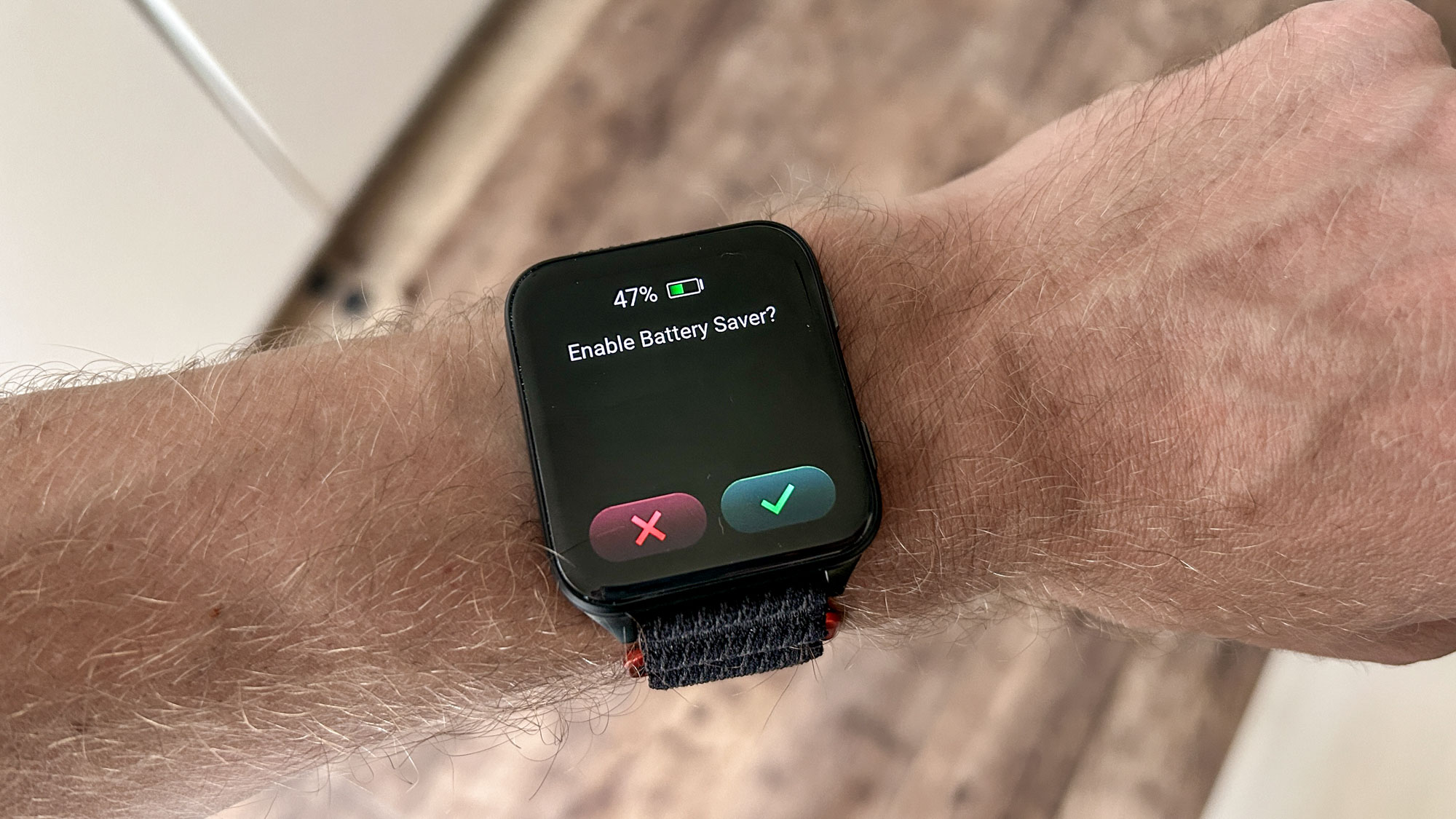
The big, bright screen comes at the cost of battery life, which is listed at just two days if you have the screen always-on, with only 14 hours of all-systems GPS tracking.
I’ve been testing the Forerunner 570 and Forerunner 970 watches lately and found their four to five day battery life short, but this is taken even further with the Venu X1.
You can increase the battery life by using the screen in raise-to-wake mode, but if you’re a long-term Garmin user, the regular charging required will take some getting used to.
Garmin is going for the smartwatch market, but needs cellular
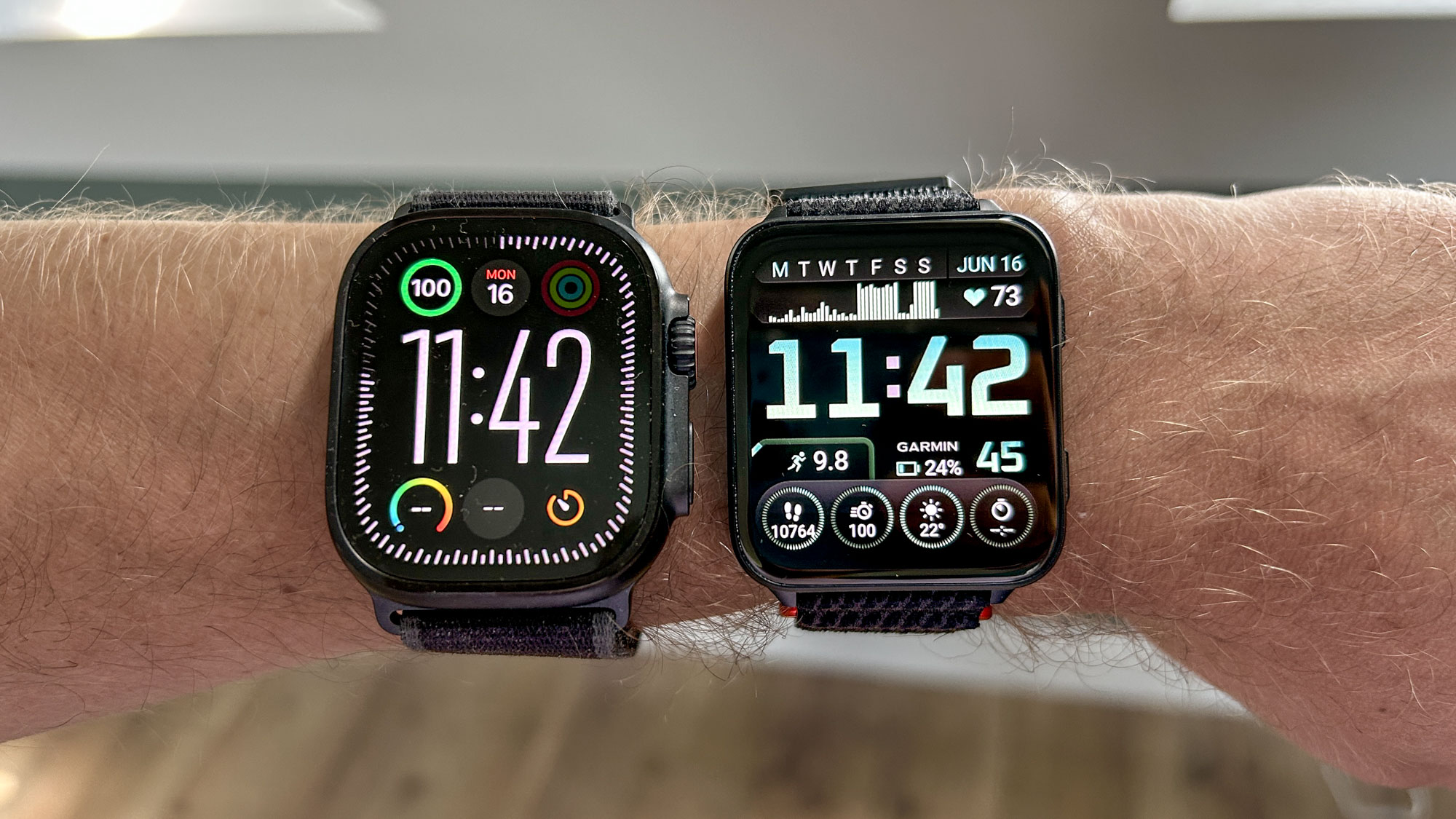
Clearly, the Garmin Venu X1 is aimed at a different market to Garmin’s usual fans, and the most obvious target of the launch is the Apple Watch Ultra 2’s audience.
The Venu X1 design can rival the Apple’s, and it is a better sports watch with more useful navigation tools. There are also useful smart features on it like music storage and NFC payments.
However, to really cut into the ranks of the best smartwatches, I think Garmin needs to have cellular connectivity on the watch, and the huge App store the Apple Watch can call on is also a big advantage.
I'm still testing the watch out, so stay tuned for my full review.
More from Tom's Guide
- I ran a half marathon with the Garmin Forerunner 570 vs. Garmin Forerunner 265 — here’s the winner
- The best Garmin watches to have on your wrist
- Garmin Fenix 8 vs Apple Watch Ultra 2 marathon test

Nick Harris-Fry is an experienced health and fitness journalist, writing professionally since 2012. He spent nine years working on the Coach magazine and website before moving to the fitness team at Tom’s Guide in 2024. Nick is a keen runner and also the founder of YouTube channel The Run Testers, which specialises in reviewing running shoes, watches, headphones and other gear.
Nick ran his first marathon in 2016 and became obsessed with the sport. He now has PBs of 2hr 25min for the marathon and 15min 30sec for 5K. Nick is also a qualified Run Leader in the UK.
Nick is an established expert in the fitness area and along with writing for many publications, including Live Science, Expert Reviews, Wareable, Coach and Get Sweat Go, he has been quoted on The Guardian and The Independent.
You must confirm your public display name before commenting
Please logout and then login again, you will then be prompted to enter your display name.

